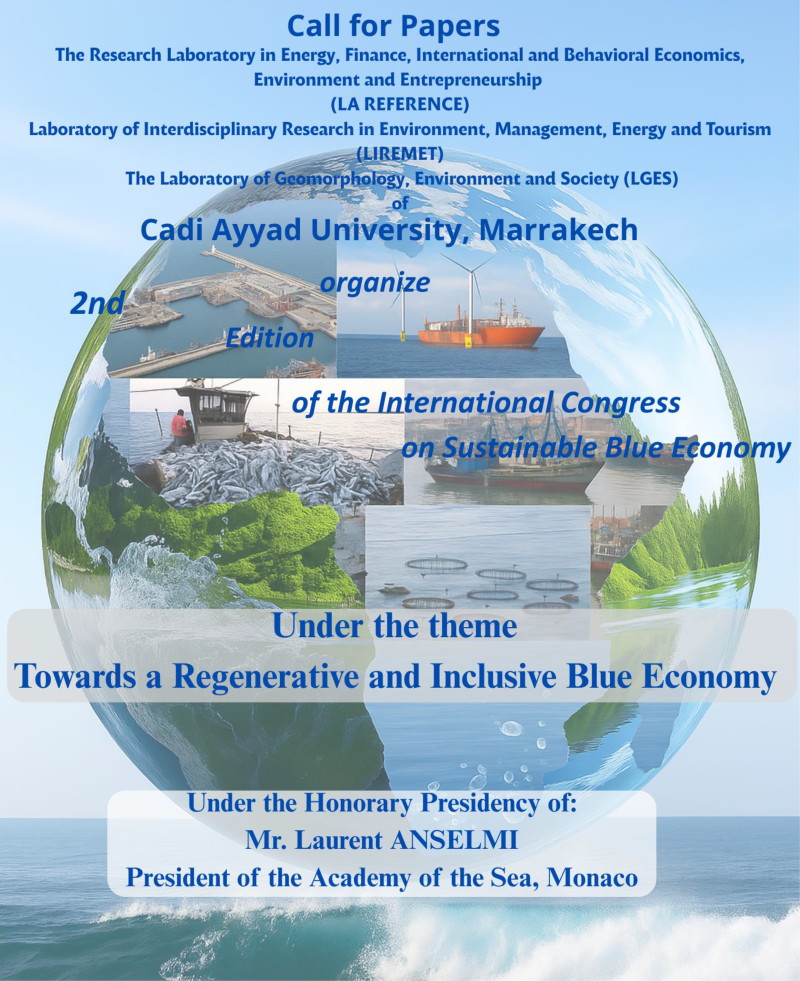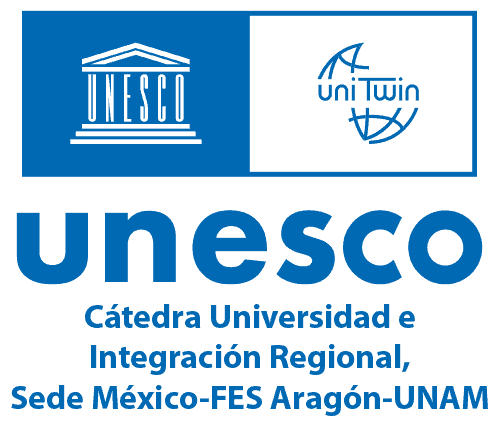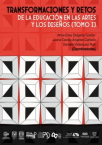The construction of affects in post-modernity
A reflection on the cognitive effects of digital narratives in the affective discourse
DOI:
https://doi.org/10.23882/MJ1909Keywords:
affections, cognition, digital narratives, media, postmodernityAbstract
While in the past, affections were built in praesentia, today they are being built in absentia, transfiguring classic concepts like love or friendship. Technology is gradually replacing signs of the real into new digital signs, based on metallic and incomplete feelings. Studies seem to indicate that we are able to interact with machines in the same way that we interact with humans, eliminating the bounderies between bios and techné, provoking a «dehumanization» within social relations. In this sense, this essay intends to reflect on the cognitive effects that these new digital narratives are causing in the construction of affective discourses, figuring new forms of feelings and emotions, resulting from the irreversible progress of postmodernity.
References
Alves, P. (2013). A Aprendizagem das Tecnologias de Informação e Comunicação na Terceira Idade: Um Estudo Etnográfico. In Caleidoscópio (2013), A Emergência de Novos Públicos na Organização Comunicacional. Lisboa: Edições Universitárias Lusófonas, (pp. 71-81).
Bauman, Z. (1992). Intimations of Postmodernity. Londres: Routledge.
Bertman, S. (1998). Hipercultura. Lisboa: Instituto Piaget.
Castells, M. (2004). A Galáxia da Internet – Reflexões sobre Internet, Negócios e Sociedade. Lisboa: Fundação Calouste Gulbenkian.
Celan, P. (1996). O Meridiano, Arte Poética. O meridiano e outros textos. Lisboa: Colibri.
Eliot, A. (1958). The Yellow Man. New York: Harcourt Brace.
Kerckhove, D.D. (1995). A Pele da Cultura. Lisboa: Relógio D´Água Editores.
Lyotard, J-F. (2003). A Condição Pós-Moderna, (3ª Ed). Lisboa: Gradiva.
Loader, B.D. (1997). The Governance of Cyberspace. Londres: Routledge.
Martins, M. (2011). Crise no Castelo da Cultura. Das Estrelas para os Ecrãs. Coimbra: Grácio Editor.
Oldenburg, R. (1999). The Great Good Place. New York: Marlowe & Company.
Silva, B. (2010). A Máquina Encravada – A questão do tempo nas relações entre cinema, banda desenhada e contemporaneidade. Famalicão: Editorial Novembro.
Slevin, J. (2000). The Internet and Society. Londres: Polity Press.
Turkle, S. (1995). Life on the Screen. New York: Simon & Schuster Paperbacks.
Turkle, S. (2012). Alone Together: Why We Expect More from Technology and Less from Each Other. New York: Basic Books.
Virilio, P. (2000). The Information Bomb. Londres: Verso.
Downloads
Published
How to Cite
Issue
Section
License
Copyright (c) 2019 Paulo Falcão Alves

This work is licensed under a Creative Commons Attribution-NonCommercial 4.0 International License.









